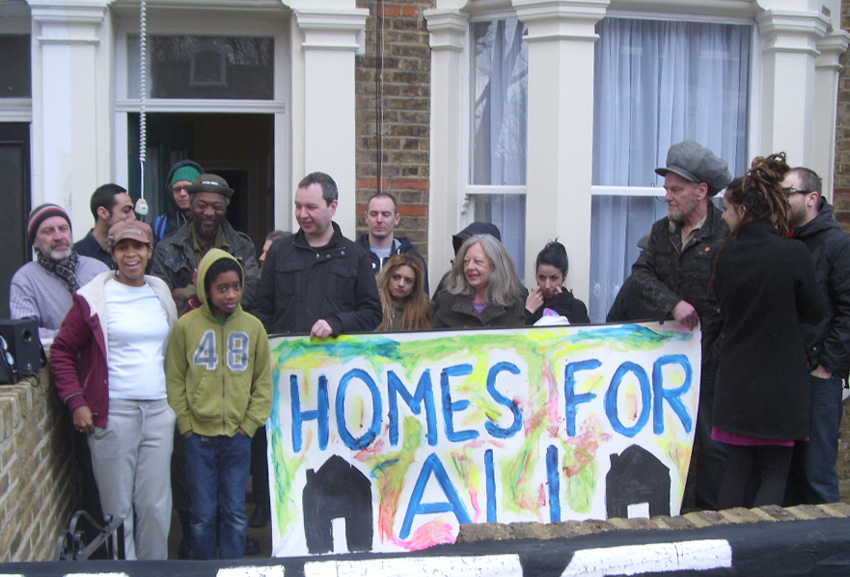DESPITE the Tories’ assurances that no one will be evicted during the pandemic, any renters who have built up arrears before the pandemic face being thrown onto the street, despite the lockdown, new legislation sneaked in now allows.
Legislation has been quietly tweaked to mean that renters can now be issued eviction notices for arrears built up since the Covid-19 pandemic began, it has emerged.
Last Friday, the government extended a ban on bailiffs enforcing evictions in England until at least 21 February following the reimposition of a national lockdown to bring Covid-19 cases under control.
But later on the same day the ban extension was enacted, regulations were published removing a major protection for tenants falling behind on rent as a result of the crisis for the first time.
Previous legislation tabled in November carried a provision that eviction notices could be served only for arrears where the amount owed to the landlord totalled ‘equivalent to nine months’ rent’ and that ‘any unpaid rent arrears accrued after 23 March 2020 must be disregarded’.
The updated legislation from Friday, which came into effect on Monday, lowers the arrears threshold to six months’ rent and removes any reference to disregarding debt built up during the pandemic.
The London Renters Union (LRU), which spotted the change, called it ‘desperately cruel’.
The National Residential Landlords Association recently warned of a ‘rent debt crisis’ in the private rented sector, estimating that 840,000 tenants across England and Wales have built up arrears because of the coronavirus pandemic.
Meanwhile, the London Renters Union (LRU) has welcomed Lambeth council’s announcement that it will serve an improvement notice to compel the landlord of Dorchester Court in Herne Hill to make vital repairs to the 96 flats on the site.
LRU said: ‘They have had multiple consecutive winters of heating and hot water failures, as well as structural problems with the fabric of the buildings and rodent infestations.’
